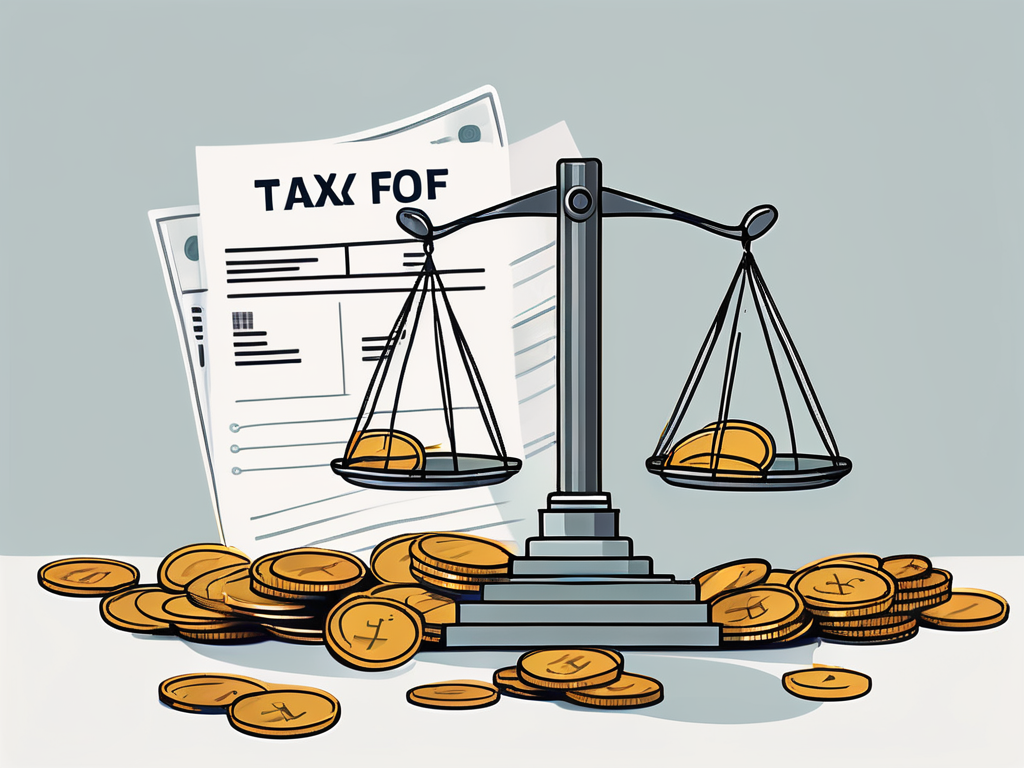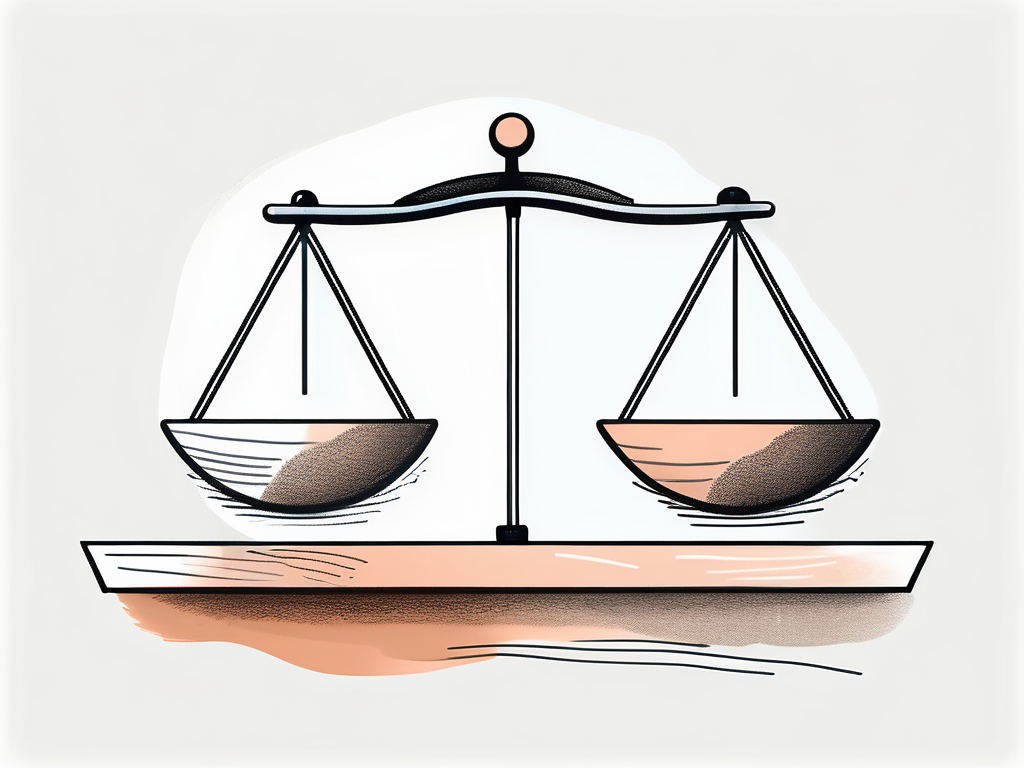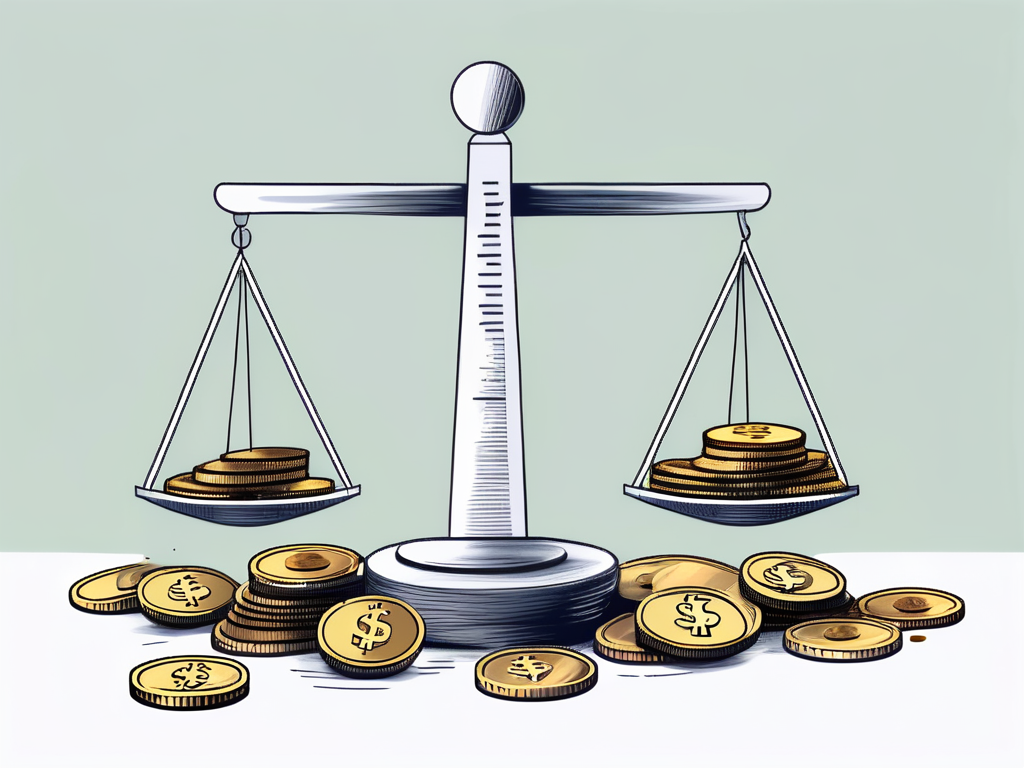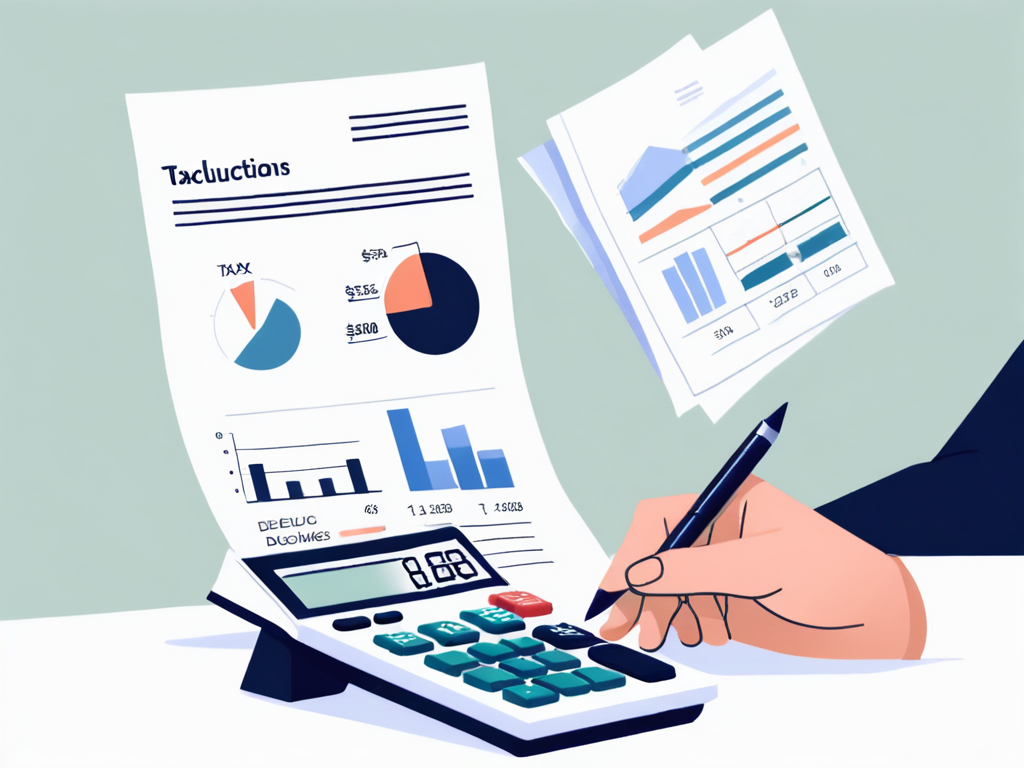Gain a comprehensive understanding of your total tax liability with our in-depth guide.
rEAD MORE
The topic of taxes can often leave many individuals feeling overwhelmed and confused. Understanding your total tax liability is crucial for managing your finances effectively and ensuring compliance with tax laws. In this article, we will delve into the various aspects of tax liability, factors that influence it, how to calculate it, strategies for reducing it, and specific considerations for self-employed individuals. So, let's dive right in and gain a clearer understanding of this complex but important subject.
Before we delve deeper into the complexities of tax liability, it's crucial to establish a solid foundation. Tax liability is a fundamental concept that pertains to the total amount of taxes that an individual or business is obligated to pay to the government. It is calculated by applying the relevant tax rates to the taxable income. However, the scope of tax liability extends beyond just income tax, encompassing various other types of taxes.

Understanding the intricacies of tax liability involves a comprehensive analysis of the different tax obligations that individuals and businesses may encounter. By gaining insight into the diverse forms of taxes and their implications, one can navigate the tax landscape more effectively and make informed financial decisions.
When discussing tax liability, the common association is with income taxes. While income tax is indeed a significant component, it's essential to recognize that tax liability can also comprise property taxes, sales taxes, and payroll taxes, among others. Each category of tax comes with its unique set of regulations, rates, and exemptions, contributing to the overall tax liability calculation.
To gain a comprehensive understanding of your total tax liability, it's beneficial to categorize the various types of taxes you may encounter:
By recognizing the diverse array of tax liabilities and their implications, individuals and businesses can effectively manage their tax obligations and plan for financial stability in the long run.
Now that we understand the different types of tax liabilities, let's explore the various factors that can influence your total tax liability.

When it comes to calculating your total tax liability, income level plays a crucial role. Your income level is a key determinant of how much tax you owe to the government. In most tax systems, including progressive tax systems, higher income levels are subject to higher tax rates. This means that as your income increases, so does your tax liability. Understanding how your income level impacts your taxes can help you plan your finances more effectively.
One of the primary factors that determine your tax liability is your income level. Generally, as your income increases, so does your tax liability. This is because progressive tax systems impose higher tax rates on higher income levels.
Moreover, various sources of income, such as wages, investments, and rental income, are taxed differently, further affecting your total tax liability. It's essential to consider all sources of income to accurately calculate your tax obligations.
Another significant factor that can lower your tax liability is deductions and credits. Deductions reduce your taxable income, lowering the amount of income subject to taxation. On the other hand, tax credits directly reduce the amount of tax you owe. Understanding which deductions and credits you qualify for can lead to substantial tax savings.
Furthermore, staying informed about changes in tax laws and regulations can help you take advantage of new deductions or credits that may apply to your situation. Consulting with a tax professional or using tax preparation software can ensure you are maximizing your tax savings while remaining compliant with the law.
Now that we have explored the factors that influence your tax liability, let's move on to the practical aspect of calculating it.
When it comes to calculating your total tax liability, it's essential to consider not only your income but also any deductions and credits you may be eligible for. Deductions, such as those for student loan interest or contributions to retirement accounts, can lower your taxable income, thereby reducing the amount of tax you owe. Similarly, tax credits, like the Child Tax Credit or the Earned Income Tax Credit, can directly reduce the amount of tax you owe, dollar for dollar.
Tax brackets play a central role in determining your income tax liability. In a progressive tax system, different tax rates apply to specific income ranges. As your income increases, you move into higher tax brackets, subjecting more of your income to higher tax rates. By understanding the tax brackets applicable to your income level, you can estimate your tax liability.
It's important to note that not all of your income is taxed at the highest rate within a particular tax bracket. Instead, the marginal tax rate system in the United States means that only the income that falls within that specific bracket is taxed at that rate. Understanding how marginal tax rates work can help you make strategic financial decisions to minimize your overall tax burden.
Your filing status also affects your tax liability. The IRS offers several filing statuses, including single, married filing jointly, married filing separately, and head of household. Each filing status has its own tax rates and deductions, which can significantly impact your final tax liability.
Choosing the right filing status is crucial as it can affect not only the amount of tax you owe but also your eligibility for certain tax benefits. For example, filing as head of household typically offers more favorable tax rates and a higher standard deduction compared to filing as single. Understanding the implications of each filing status can help you optimize your tax situation and potentially save money.
Now that we've covered the essentials of understanding and calculating tax liability, let's shift our attention to strategies for reducing it.
Reducing tax liability is a crucial aspect of financial planning for individuals and businesses alike. By implementing strategic measures, you can minimize the amount of taxes you owe, allowing you to retain more of your hard-earned money for future investments or expenses.
One of the most powerful ways to lower your tax liability is to leverage deductions and credits. By carefully identifying eligible deductions and credits, you can maximize your tax savings. Consulting with a tax professional or utilizing tax software can help you navigate this complex landscape and ensure you claim all available deductions and credits.
Deductions such as mortgage interest, charitable contributions, and medical expenses can significantly reduce your taxable income. Tax credits, on the other hand, provide a dollar-for-dollar reduction of your tax bill. Common credits include the Child Tax Credit, Earned Income Tax Credit, and Education Credits. By taking advantage of these deductions and credits, you can effectively lower your tax liability and keep more money in your pocket.
Another effective strategy to reduce tax liability is to invest in tax-advantaged accounts or savings plans. Options such as Individual Retirement Accounts (IRAs), Health Savings Accounts (HSAs), and 529 education savings plans offer tax benefits that can lower your overall tax liability while helping you save for retirement, medical expenses, or educational expenses.
Contributions to traditional IRAs are often tax-deductible, reducing your taxable income for the year. Roth IRAs, although not providing immediate tax benefits, allow for tax-free withdrawals in retirement. HSAs offer triple tax benefits - contributions are tax-deductible, earnings grow tax-free, and withdrawals for qualified medical expenses are tax-free. 529 education savings plans allow for tax-free growth and withdrawals when used for qualified educational expenses, making them a valuable tool for saving for your children's or grandchildren's education while reducing your tax burden.
Managing tax liability becomes even more nuanced for self-employed individuals. Let's explore the unique considerations they need to keep in mind.
Self-employment comes with a myriad of tax responsibilities that differ from those of traditional employees. One crucial aspect is the need to pay estimated taxes throughout the year. Since self-employed individuals do not have an employer withholding taxes from their income, it is essential to accurately estimate tax liability and make timely quarterly payments to the IRS. Failure to do so can result in penalties and interest charges, adding to the financial burden of being self-employed.
When you are self-employed, you are responsible for paying estimated taxes throughout the year, as you do not have an employer withholding taxes from your income. Accurately estimating your tax liability and making timely quarterly payments is crucial to avoid penalties and interest.
Moreover, self-employed individuals must navigate the complexities of self-employment tax, which includes both the employer and employee portions of Social Security and Medicare taxes. Understanding how to calculate and pay self-employment tax is vital to avoid underpayment and potential IRS scrutiny.
Self-employed individuals are also entitled to deduct certain expenses related to their business activities. Understanding which expenses are deductible and keeping meticulous records can help reduce your overall tax liability.
Furthermore, self-employed individuals can take advantage of various tax deductions not available to traditional employees. These deductions may include home office expenses, business-related travel costs, health insurance premiums, and retirement contributions. By leveraging these deductions effectively, self-employed individuals can lower their taxable income and potentially reduce their overall tax burden.
Despite our best efforts, situations may arise where we face challenges in meeting our tax obligations. Let's address some common issues and explore potential solutions.

If you find yourself unable to pay your tax liability in full, it is crucial to take proactive steps. The IRS offers various options, such as installment agreements or offers in compromise, to help individuals and businesses resolve their tax debts. Consulting with a tax professional can guide you through the available solutions and ensure you choose the best approach for your specific situation.
When facing complex tax issues or unique circumstances, seeking professional tax help is highly recommended. Tax professionals, such as certified public accountants (CPAs) or enrolled agents (EAs), can provide expertise and guidance tailored to your specific needs. They can help you navigate the intricacies of tax laws and ensure you stay compliant while minimizing your tax liability.
Understanding your total tax liability is essential for managing your personal or business finances effectively. By gaining knowledge about the different types of tax liabilities, the factors that influence them, and the strategies for reducing them, you can make informed decisions and optimize your tax situation. Remember, seeking professional advice when needed can be a valuable resource in dealing with complex tax matters.
Let's delve deeper into some of the strategies that can help you reduce your tax liability:
1. Take Advantage of Tax Credits and Deductions: Tax credits and deductions can significantly reduce your tax liability. Familiarize yourself with the available credits and deductions that apply to your situation. For example, if you are a small business owner, you may be eligible for deductions related to business expenses, equipment purchases, or employee benefits. By maximizing these opportunities, you can lower your overall tax burden.
2. Contribute to Retirement Accounts: Contributing to retirement accounts, such as a 401(k) or an individual retirement account (IRA), can have dual benefits. Not only does it help you save for the future, but it can also lower your taxable income. By reducing your taxable income, you effectively reduce your tax liability. Explore the different retirement account options available to you and consider maximizing your contributions within the allowable limits.
3. Plan Your Capital Gains and Losses: If you have investments in stocks, bonds, or real estate, understanding how capital gains and losses affect your tax liability is crucial. By strategically timing the sale of your investments, you can minimize the tax impact. For example, if you anticipate a high-income year, it may be beneficial to delay selling investments with significant gains until the following year when your tax bracket may be lower.
Empower yourself with knowledge and take control of your tax liability today. Remember, the key is to stay informed, seek professional advice when needed, and explore the various strategies available to optimize your tax situation. By doing so, you can navigate the complexities of tax laws with confidence and ensure you are making the most of your financial resources.
Copyright © 2025 Vincere Tax| All Rights Reserved
Privacy Policy